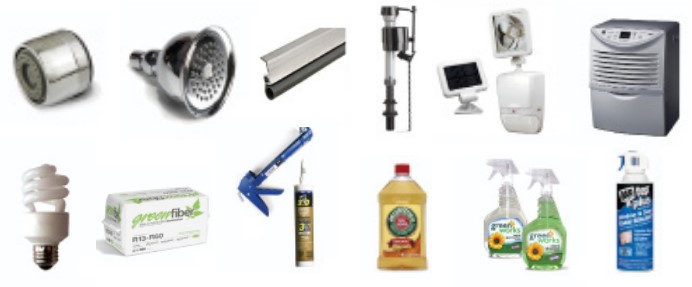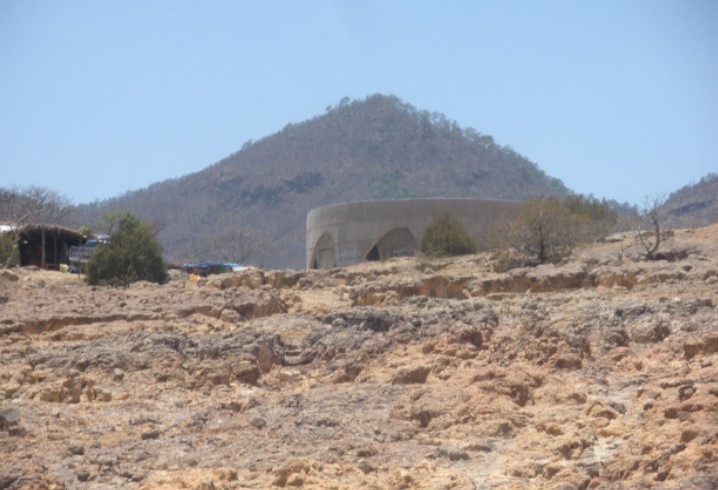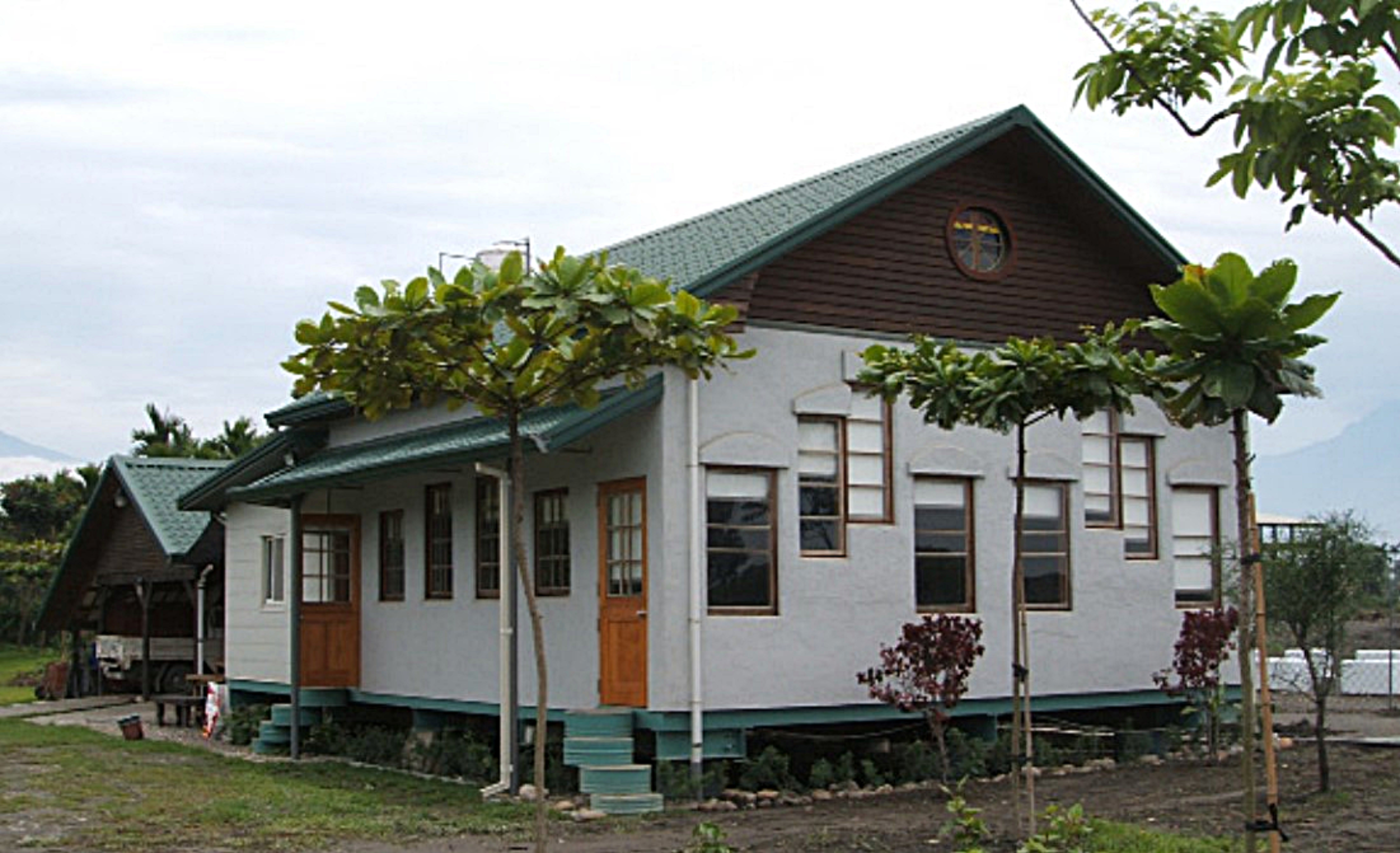
Manufacturers have been working to create products that enhance the performance of concrete in a number of ways.

The Sundolier, a cross between a skylight and a low-grade telescope, is a high-tech, active natural daylight system.

Plastic waste is perhaps the most visible drawback, and has created a large and looming problem.
RECENT PROJECTS

Temporary or transitional shelters were deployed en masse to Haiti following the magnitude 7.0 earthquake that rattled Port-au-Prince on January 12, 2010.

Similar to the reuse mantra of 2012Architecten, Pedro Pacheco enlisted his students at the School of Architecture at Instituto Technologico y de Estudios Superiores in Monterrey, Mexico, to create designs with found materials.

In January 2010, Prithula Prosun worked with ABC Associated Builders Ltd. to design and build the first Low Income Flood-proof Technology (LIFT) house in Dhaka, Bangladesh.

The EcoBaskets full of environmentally friendly household items were meant to help Hurricane Katrina survivors by supplying materials for sustainable, low-cost home modifications and renovations they could do themselves.

Architects João Caeiro and Fulvio Capurso wanted to show that this traditional practice could lead to a contemporary space and teach community members how to do it themselves.

It started with a tree. Joseph Mutongu, a local conservationist, wanted to introduce a tree growing program at the school his son attended.

The Bridge School at Pinghe in Fujian, China, is both a school and a link between places and times. In an effort to connect an old way of life with the future of the community, architect Li Xiaodong designed a school on a bridge over a small river that runs through the rural Xiashi Village.

The trek of 117 kilometers (73 mi) begins in the town of Ameca and ends in the town of Talpa de Allende, with a visit to the Rosario Virgin.

The Sundolier, a cross between a skylight and a low-grade telescope, is a high-tech, active natural daylight system.

On a visit to Mozambique in 2005, Elizabeth Scharpf heard a statistic that nearly half of girls and women in Rwanda miss school or work when they are menstruating because menstrual napkins are too expensive.

When Anders Wilhelmson met with Mahila Milan, a group of women pavement dwellers in Mumbai, India, they told him they didn’t need an architect, they needed clean hygiene.

Indoor air pollution is one of the leading causes of death for children under 5 in the nomadic Himalayan communities of China whose common source of fuel is biomass, or animal dung.

Times Square, the iconic plaza of New York City, was suffering from its own popularity.

When people refer to slum upgrading, most community members hear “slum removal.”

Self-proclaimed “stealth health” leader Brian Wansink describes the Smarter Lunch Rooms initiative as “choice architecture.”

Toomas Trapido, a member of the Estonian parliament, sat down with Rainer Nõlvak, an information technology entrepreneur and then-chairman of the Estonian Fund for Nature, to discuss collaborating on environmental projects.

Manufacturers have been working to create products that enhance the performance of concrete in a number of ways.

Plastic waste is perhaps the most visible drawback, and has created a large and looming problem.

Hycrete Technologies has developed an admixture, extending the life of concrete by waterproofing it and reducing corrosion.

Papercrete has been around since at least the 1920s but is not widely used. Though labor-intensive, it recycles waste material, has excellent insulating properties, and is inexpensive and strong.